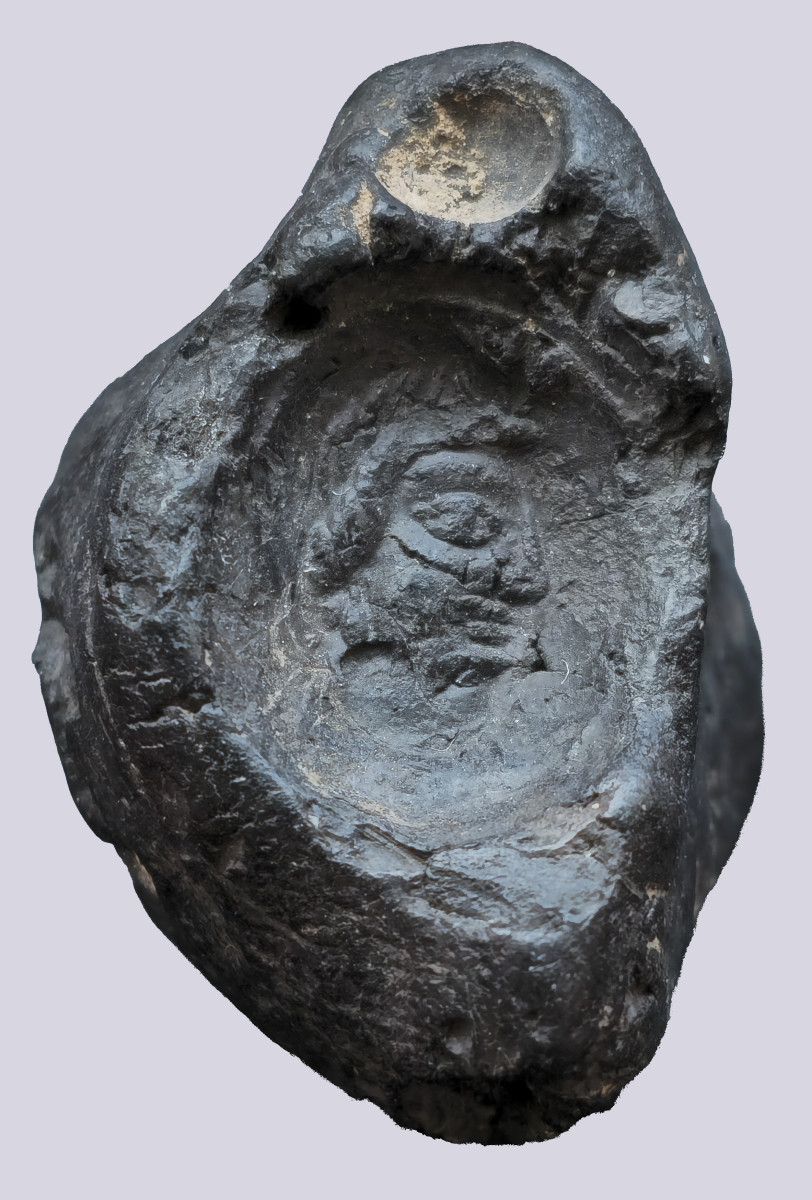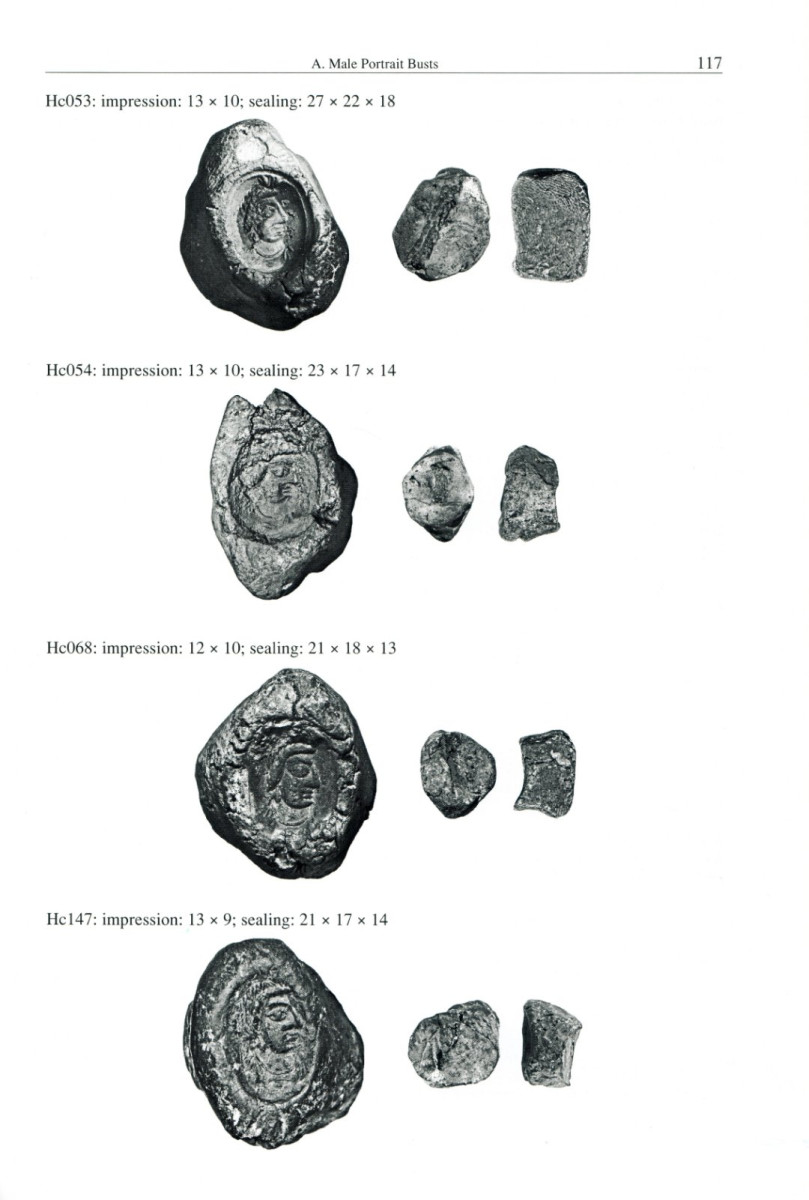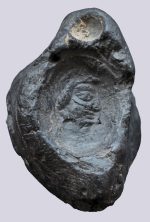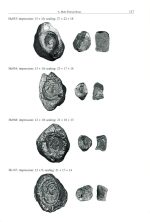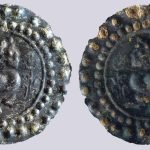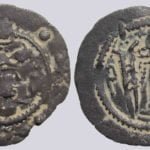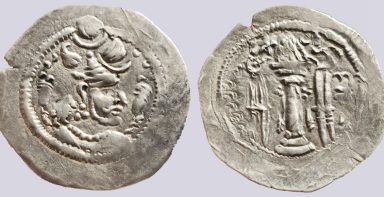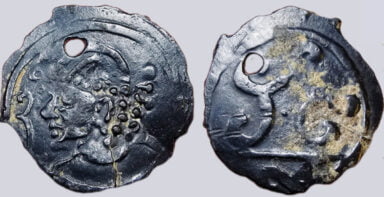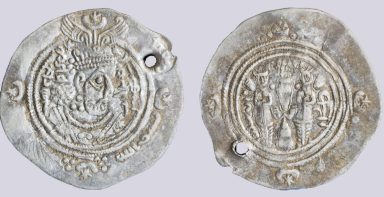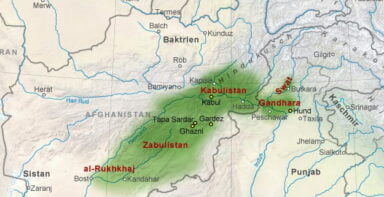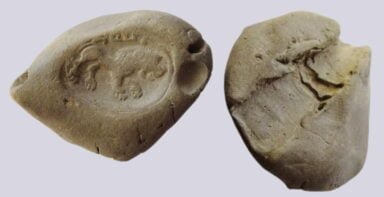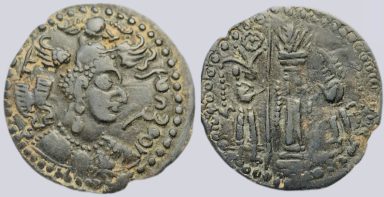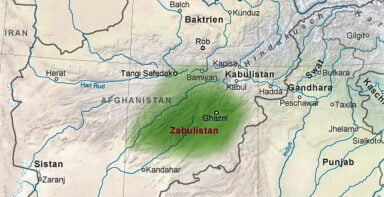Hunnic Clay Sealing. Hephthalites. 5th cent. AD
$399
In stock
0
People watching this product now!
SKU:
3735
Category: Clay Sealings
Tags: AR drachm, archaeological coin, bactria, Central asian coin, early medieval coin, Hephthalites, Hephthalites in Bactria, hunnic tribes, numismatics, post-Sasanian coinage, rare ancient coin, Ruler of Termes, Silk Road coinage, Silver drachm, Termez, Termiz, Tokharistan, white huns
Description
The Hephthalites (also known as the White Huns) were a powerful group of Iranian Huns who ruled over Central Asia, Afghanistan, northern India, and parts of Iran during the 5th–6th centuries AD. They played a crucial role in the decline of the Sasanian Empire and the fragmentation of the Gupta Empire in India
Hephthalite Clay Sealing (5th–6th century AD)
- Material and dimensions: сlay, 5.61 g, 19 x 26.5 mm
- Function: Likely used to seal official documents, goods, or correspondence in trade and administration
- Iconography: Impression of a male ruler
Significance
- Reflects the bureaucratic and economic structures of the Hephthalite state
- Indicates cultural interactions between the Iranian Huns, Indian, Sogdian, and Persian civilizations
- Similar artifacts have been found in Afghanistan, Uzbekistan, and northern India, showing their vast network
Extremely RARE
References:
Z-339091 (this item)
Featured in “Seals, Sealings and Tokens from Bactria to Gandhara (4th to 8th century CE)” by Judith Lerner & Nicholas Sims-Williams, page 117
♦Please, note that our prices are ALL-INCLUSIVE. No additional fees (such as Buyer’s Premium, PayPal commission, etc.) are applicable♦
Related products
Central Asia, Silk Road, AE bracteate of Hunnic style
$499
Hunnic Tribes, AR drachm, Hephthalite imitation
$145
Hunnic Tribes, AE unit, Northern Tokharestan. 7th cent. AD
$225
Hunnic Tribes, AE unit, Kidarite Influence
$99
Hunnic Tribes, countermarked Arab-Sasanian AR drachm
$125
Iranian Huns. Clay sealing with Brahmi inscription
$299
Western Turks, AE drachm, Nezak Malka, Zabulistan
$199


